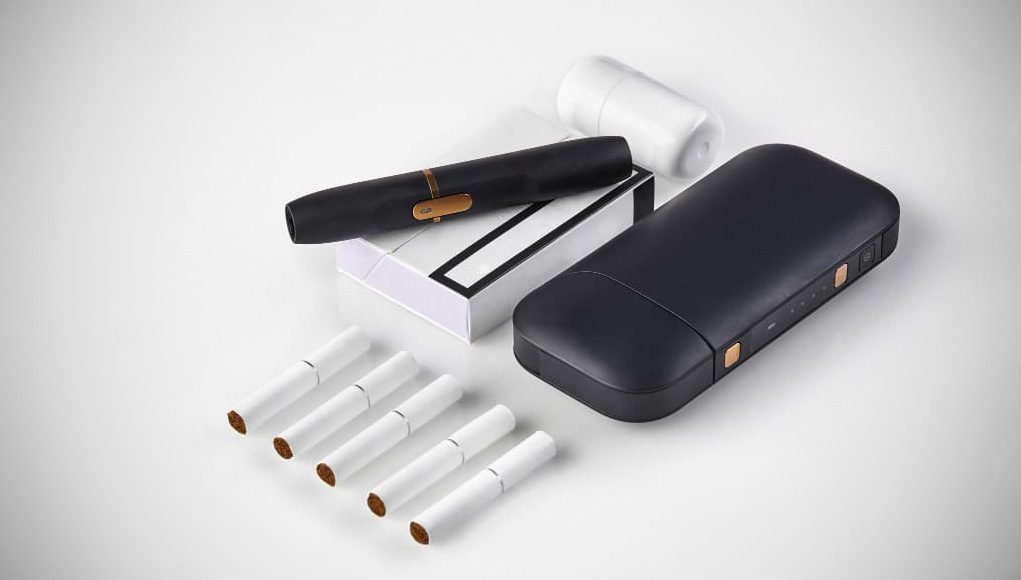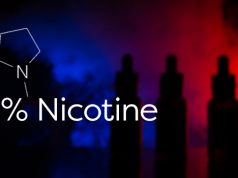Like vaping products, heated tobacco products (HTPs) produce nicotine vapour without combustion, making them substantially safer than cigarettes. More specifically, studies have shown that while the products are less harmful than cigarettes, they are more harmful than vaping. However, experts agree that the more combustion-free options are available on the market, the easier it is for smokers to find an alternative product which suits them and helps them quit smoking.
Meanwhile New Zealand has just cut the local excise tax on HTPs by half, a move which many experts in the field of public health are considering a significant step towards leadership in tobacco harm reduction. This 50% tax cut not only makes HTPs more affordable but also sends a strong public message. In fact, Japan’s successful adoption of HTPs, leading to a significant decline in cigarette sales, may serve as a successful model for New Zealand to follow.
Reducing the local smoking rate to below 5% by 2025
In fact, a June report by Smoke Free Sweden titled “Quitting Strong: New Zealand’s Smoking Cessation Success Story” provided a detailed analysis of the innovative strategies New Zealand has implemented to reduce smoking rates. The report highlighted that New Zealand has successfully halved its smoking rates within five years, primarily by encouraging adult smokers to switch to vaping. This achievement positions New Zealand among the first countries to reach an official smoke-free status, defined as having less than 5% of adults smoking cigarettes.
The report offered valuable insights and recommendations which could be applied globally to reduce smoking rates and enhance public health outcomes. It emphasized the importance of New Zealand’s approach for policymakers, health professionals, and public health advocates worldwide, suggesting that the lessons learned from New Zealand’s experience could be instrumental in formulating effective smoking cessation strategies globally.
The more safer nicotine alternatives available, the better
In the meantime, critics argue that the NZ tax cut benefits Big Tobacco, with concerns about the lack of Ministry of Health endorsement. However, advocates like Ben Youdan from ASH New Zealand and Nancy Loucas from CAPHRA (The Coalition of Asia Pacific Tobacco Harm Reduction Advocates) stress that the focus should be on reducing harm rather than demonizing nicotine or tobacco companies. Similarly Dr. Marewa Glover a Māori public health academic specialising in smoking cessation, applauded the tax cut, emphasizing the need for affordable, lower-risk alternatives for those unable or unwilling to quit smoking through vaping.
In line with arguments by smoking cessation professionals worldwide, these experts argue that making safer alternatives accessible is crucial, especially for low-income populations with high smoking rates. In line with this, to further support smoking cessation efforts Minister Costello is also considering lifting the current bans on snus and nicotine pouches.
How can Australia ignore its neighbour’s success in comparison to its failure?
Sadly, New Zealand’s approach contrasts greatly with Australia’s outdated one, which based on harsh restrictions and prohibition, has led to a booming black market for vapes and tobacco. New Zealand’s strategy of engaging with stakeholders, including nicotine users, is proving to be a more effective public health policy. The country’s recent consultation on the Smoke Free Aotearoa 2025 Action Plan and its evidence-based policy-making, have positioned it as a leader in reducing tobacco harm. If current trends continue, New Zealand is likely to achieve its 2025 smoke-free target, demonstrating the effectiveness of harm reduction over prohibition.








